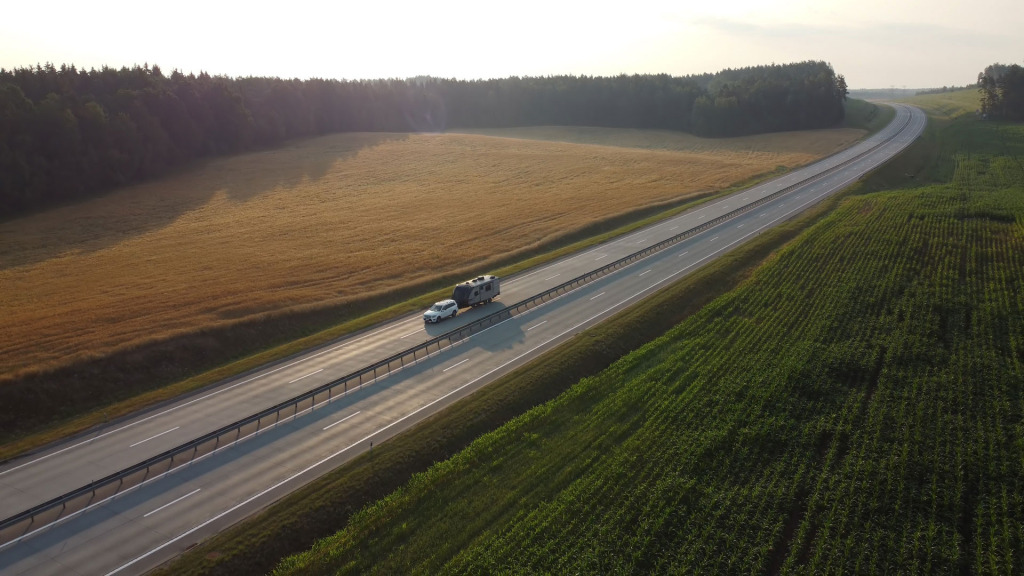A trailer is as important as any other part of a vehicle. While some people may ignore an ungreased wheel bearing or low tire pressure in one of the trailer wheels, it is vital to ensure that every part of a trailer is up to date and working before you head to a trip.
There are several aspects to look into if you want to follow safe trailer towing, be it with a Galvanised Trailer, Cattle Trailer, Hydraulic Tipper Trailer, Flat Top Trailer, or Plant Trailer. They include
Loading the trailer
It is easy to learn how to tow a trailer but many people fail to understand that towing safely is attributed to how the trailer is loaded as the bulk can cause the trailer to lose balance and tip forward, backward, or even to sides.
- A tribute to the center of gravity
The center of gravity plays a vital role in ensuring that the weight in the trailer is distributed evenly across the length of the container. In case of uneven weight distribution, it can cause the trailer can sway out of control while it is being towed.
The load must be placed based on the type of trailer used, such as a tandem trailer, box trailer, or 3 way tipper trailer. In most types of trailers, the ideal weight distribution would be 60% of the weight towards the front and 40% behind the axel.
- The load weight is vital
Every trailer has a maximum load weight that it can ideally carry without causing any damage. The maximum weight is set by the manufacturer for a trailer. Apart from that, you must also check the maximum weight your vehicle can tow. For instance, a truck can pull more load than a sedan can. A heavier load than the manufacturer’s suggestion can increase the risk of damage to the vehicle as well as to the trailer.
Preparing the trailer
Preparing the trailer to tow includes regular maintenance of the trailer to ensure safe towing. It is important to check the trailer for any damage before towing, and repair/replace the damaged part. Make sure to carry all emergency supplies and equipment that are needed in case of a breakdown.
It is also vital to install safety chains to your trailer. If your trailer has a fifth wheel, safety chains are not required but can be used as an additional safety feature. You must ensure that safe chains do not drag on the ground.
How to respond to swaying
With the trailer load well balanced and all safety features connected properly, there is still a possibility that the trailer may sway. In such cases, slow the vehicle by pulling off from the accelerator, but do not brake. Hold the steering wheel steady and let the vehicle naturally lose speed. Bring to a stop and check for any load imbalance.
Safe towing
The safest way to tow a trailer includes
- Stopping the vehicle slowly
- Turning with immense care
- Always checking the mirror
- Drive on a lower gear on hills
- Keep a watch on engine overheating
A well-balanced trailer, unlike a cattle trailer, can sway due to natural causes. A well-trained expert driver can also lose control over the vehicle, and a well-maintained trailer can give up midway due to unforeseen circumstances. But these reasons are rare and avoidable. Follow the rules for safe towing and stay safe!

